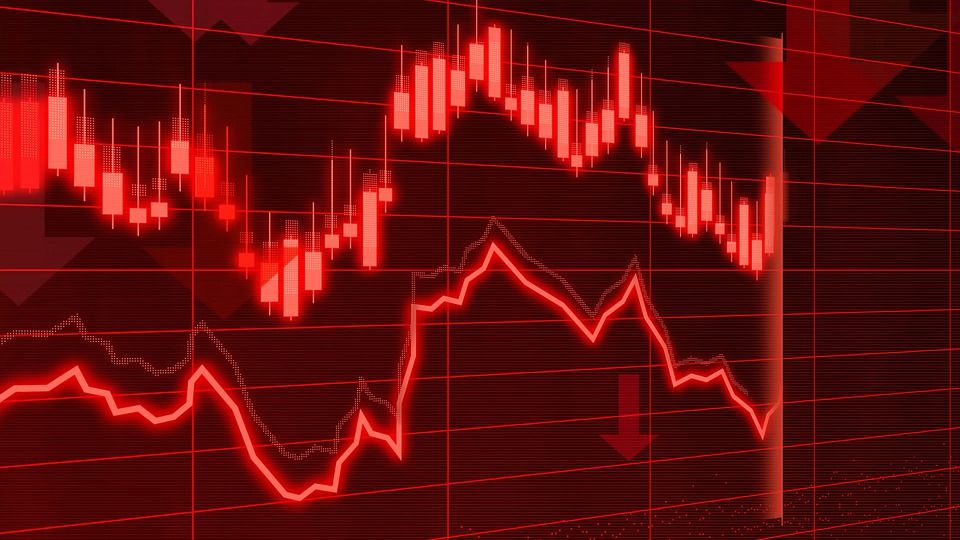Following the massive loss investors experienced when the supply-demand proportion of the algorithmically built stablecoins failed, numerous crypto exchanges, including Binance and Coinbase, have blocked Terra-Luna coins. Do Kwon, Terra Labs’ CEO and co-founder, has finally spoken out about the Terra-Luna stablecoins fall. The founder is seeking a plan to bring the Terra ecosystem back from the brink.
Also Read| Crypto crash: Vitalik not a billionaire anymore, CZ turns poor again
The hard fork is the name of this strategy. Remarkably, this is the second resurrection strategy devised by the company’s boss. Kwon advocated ditching the Terra stablecoin and transferring Luna tokens to community members in his initial proposal on May 14, but that didn’t go down well with the community.
Also Read| Terra LUNA crash: Here’s why the cryptocurrency dropped over 85%
According to reports, the founder will address design problems in the Terra system. A hard fork is a process of validating all invalid blocks and transactions on the blockchain.
Also Read| SEBI proposes banning celebrity endorsement of cryptos
Terra will be coupled to a separate blockchain, following which the Terra token will be changed to TerraClassic, Terraform Labs’ non-algorithmically created stablecoin.
Also Read| SEBI proposes banning celebrity endorsement of cryptos
To move ahead, the proposal to rescue the Terra currency requires dispersing tokens. “The holders of Luna have so severely been liquidated and diluted that we will lack the ecosystem to build back up from the ashes,” Kwon wrote on the Terra research forum. “While a decentralised economy does need decentralised money, Terra has lost too much trust with its users to play the role.”
Also Read| California set to become cryptocurrency flagbearer in US
It’s worth noting that Terra and Luna are sister coins, and in order to keep the balance between them, users had to acquire Terra and then swap it for Luna, earning a decent profit. After both currencies crashed due to a supply-demand imbalance, the only option to save them is to re-distribute them.
Also Read| Explained: How the crypto landscape has changed in India
Kwon has suggested resetting the distribution of the network’s Luna tokens to 1 billion, 40 million of which would be given to holders before Terra was de-pegged from the US dollar over the weekend in order to “preserve the community and the developer ecosystem.”
Also Read| Why crypto donations are skyrocketing worldwide: Explained
Furthermore, Binance CEO Chengpeng Zhao opposes the hard fork strategy. He advised investors to burn the token instead. The method of transferring crypto to a ‘dead wallet,’ from which the coins can never be retrieved, is known as burning. This could help stabilize the currency’s supply.
Also Read| Crypto news daily: Bitcoin data and price analysis for May 27, 2022
When the quantity of tokens decreases, so does inflation. This may aid Terraform Labs in recovering their token. Although Kwon doesn’t really believe in burning coins, the CEO went against his initial hard fork strategy and publicly released a burn address for Luna at the demand of community members.
Also Read| Top 5 cryptocurrencies of the day: BTC down by 2%, STEPN trends at no. 1
Each Luna token sent to this address is promptly burnt, significantly lowering the circulating quantity of Luna tokens. The current supply of Luna is 6.1 trillion, exceeding that of Terra, which is just 1 billion.
Also Read| Crypto Fear and Greed Index on Friday, May 27, 2022
Kwon explained after revealing the Luna burn address that it was provided to users only for informational purposes and recommended against utilising it.
Also Read| Trending Stocks: Hindalco, Piramal, Tata Power and others in news today
“Happy to provide for information purposes but want to clarify that you should not burn tokens unless you know what you are doing – I for one cannot understand,” he wrote.
Also Read| Stocks that should be on your watchlist on Friday, May 27, 2022
Terraform Labs lacks a clear strategy for settling the Luna-Tera crisis. Investors may have to wait much longer to find out what the future holds.







